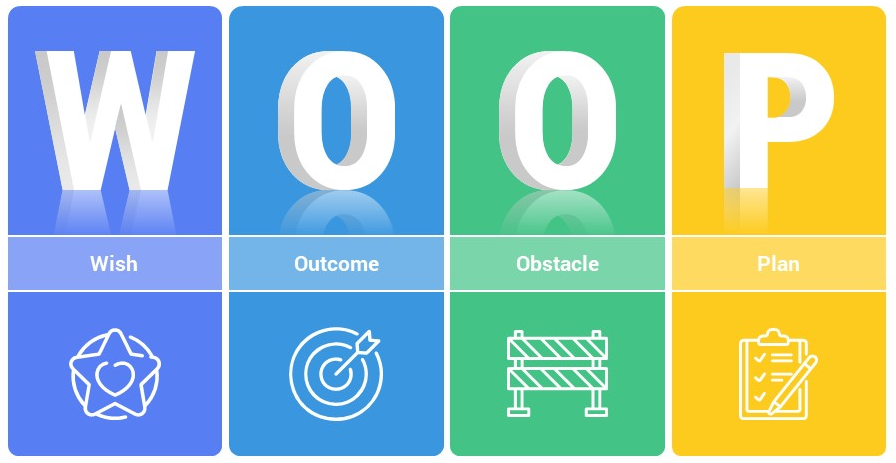In today’s business world’s fast-paced, ever-evolving landscape, the traditional notions of leadership have been turned on their head. Leaders can no longer rely on steadfast strategies and unwavering direction; instead, they must embrace a new paradigm — the power of agility in leadership. Agility isn’t just a buzzword; it’s a transformative concept that empowers leaders to navigate uncertainty, harness opportunities, and drive success in ways that were once thought impossible. This article delves into agile leadership’s unique and captivating realm, exploring how it shapes visionary leaders and propels organizations toward unprecedented heights.
Adaptability as the Cornerstone
At its core, agility in leadership encapsulates the ability to swiftly and seamlessly adapt to changes, challenges, and shifting landscapes. One remarkable real-life example of this principle in action is the turnaround of Adobe Systems by CEO Shantanu Narayen. In 2012, Adobe boldly transitioned from a traditional software sales model to a subscription-based service known as Adobe Creative Cloud. This decision required utterly transforming the company’s business model and adapting to a rapidly changing market. Under Narayen’s agile leadership, Adobe successfully navigated this transition, revitalizing its business and positioning itself as an industry leader in the digital era.
Embracing Uncertainty as Opportunity
In the realm of agile leadership, uncertainty isn’t a foe to be feared; it’s an opportunity to be seized. A prime example of this mindset can be found in the journey of Elon Musk, CEO of SpaceX and Tesla. Musk’s audacious vision to colonize Mars and accelerate the world’s transition to sustainable energy exemplifies his agile approach to leadership. Despite numerous challenges and setbacks, Musk remains undeterred, using each obstacle as a catalyst for innovation. His willingness to embrace uncertainty and push boundaries has revolutionized the aerospace and automotive industries and inspired a new generation of leaders to pursue ambitious, unconventional goals.
Empowerment through Collaboration
Agile leadership isn’t a solitary pursuit; it’s a symphony of collaboration and shared purpose. A striking illustration of this principle is the partnership between Steve Jobs and Steve Wozniak, Apple Inc.’s co-founders. Jobs, known for his visionary leadership, recognized the power of collaboration in driving innovation. His ability to work synergistically with Wozniak’s technical expertise resulted in groundbreaking products that transformed industries. The agile approach to leadership they embodied continues to inspire leaders to bridge diverse skill sets and perspectives, fostering environments where collective brilliance thrives.
Iterative Progress: Learning from Failure
In the journey of agile leadership, failure isn’t a dead-end; it’s a stepping stone to growth. An exemplary case of this principle is Amazon and its founder, Jeff Bezos. Amazon’s early failures, such as the ill-fated Fire Phone, didn’t deter Bezos; instead, he embraced a culture of experimentation and continuous learning. Amazon’s success in e-commerce, cloud computing, and beyond can be attributed to Bezos’s unwavering commitment to turning failures into opportunities for improvement. This iterative progress defines Amazon’s approach and serves as a testament to the power of learning from mistakes and adapting strategies accordingly.
Inspiring a Vision of Possibility
Agile leaders are more than just captains of industry; they are visionaries who inspire and ignite passion. A living embodiment of this concept is Oprah Winfrey, whose journey from a troubled childhood to a media mogul demonstrates the transformative potential of agile leadership. Winfrey’s ability to connect with diverse audiences, adapt her show format, and constantly evolve her brand has made her an icon of agile leadership. By leading authentically and embracing change, Winfrey has created a lasting legacy that resonates with countless individuals striving to overcome obstacles and realize their fullest potential.
In a world of change, agile leadership emerges as the driving force behind innovation and success. Its unique blend of adaptability, collaboration, and visionary thinking empowers leaders to navigate complexity with finesse, turning uncertainty into opportunity and failure into growth. As organizations strive to remain relevant and thrive in the face of ever-shifting landscapes, agility in leadership stands as a beacon of inspiration, guiding us toward a future defined by limitless potential. Embrace agility, and you’ll discover a world where challenges are met with enthusiasm, uncertainty is met with curiosity, and the boundaries of success are redefined with each transformative step forward. The stories of real-life agile leaders testify to the extraordinary possibilities that await those who dare to lead with agility.



